This week’s theme is expression, as in facial expression (though you can also use body language here). If you don’t normally photograph people, you can challenge yourself this week to try. You can take a self-portrait if you don’t have anyone to photograph. Or get clever and find an expression in an animal or inanimate object.
Expression is very important in portrait and documentary photography that involves people. It can tell a story and make the viewer feel something.
Last year, I took the below self-portrait for this challenge. It can be tough to get a natural looking expression in a self-portrait, so you may want to use a timer and move around a bit until the timer goes off. You can also use a remote and take multiple photos while changing your expression. Just trying to hold a pose while waiting for the timer off is likely to get a fake-looking expression.
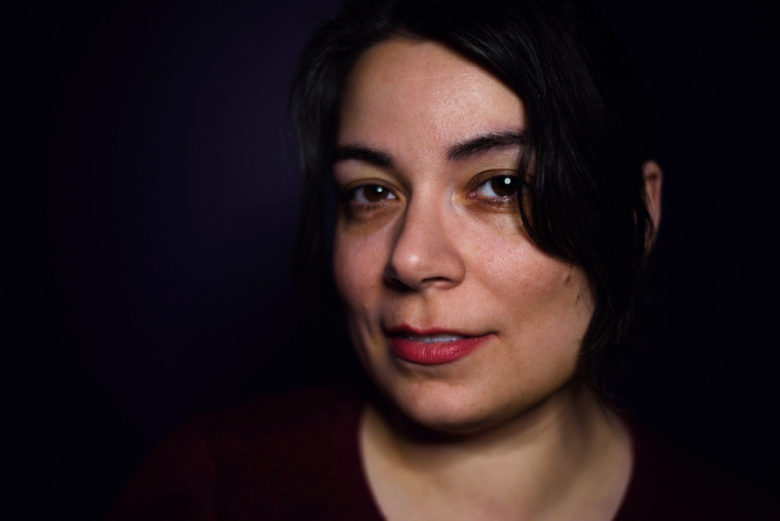
Below are some expressive photos I love from my work, from laughter to tears and everything in between.
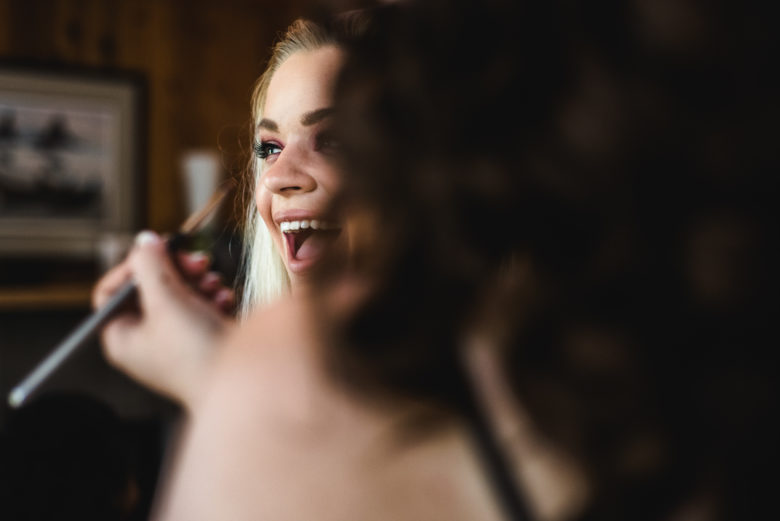
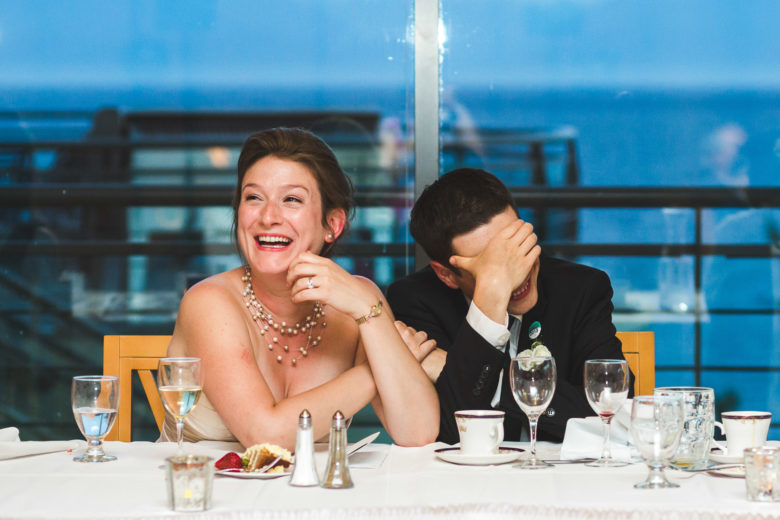

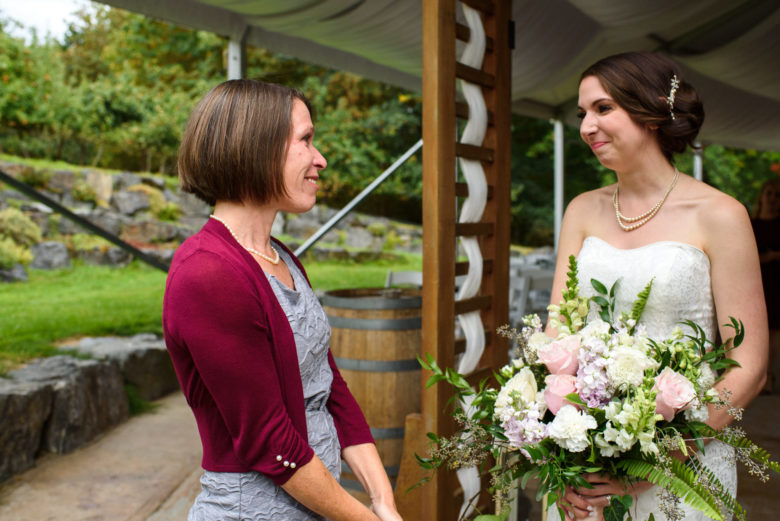

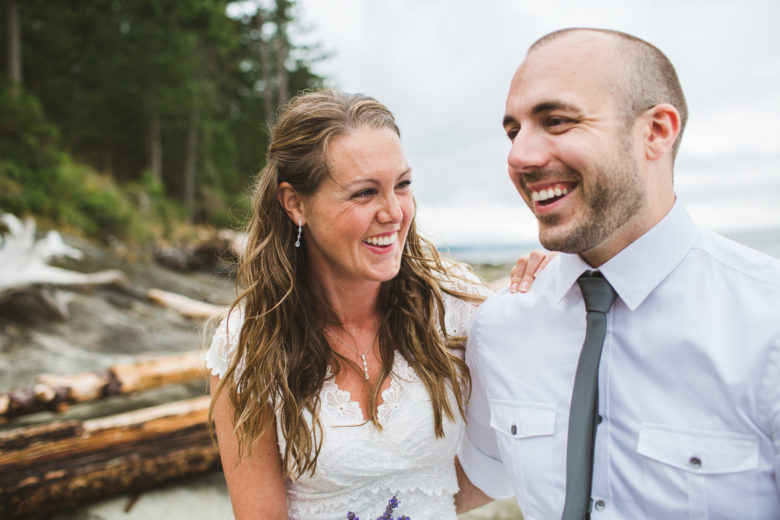
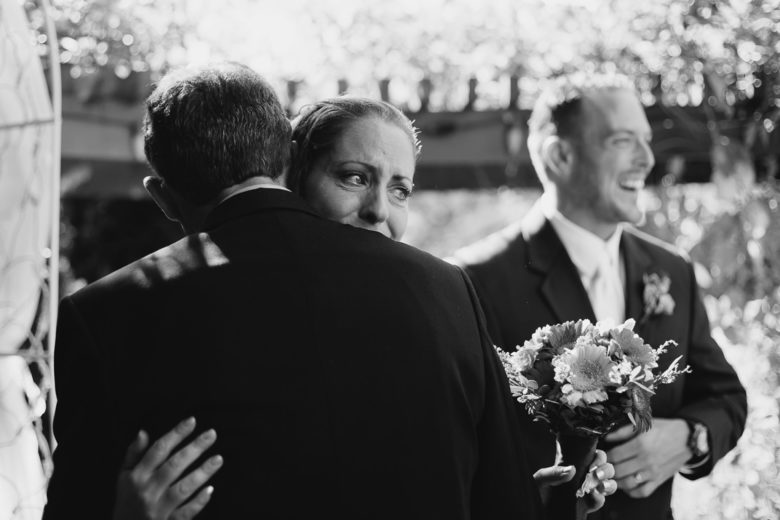
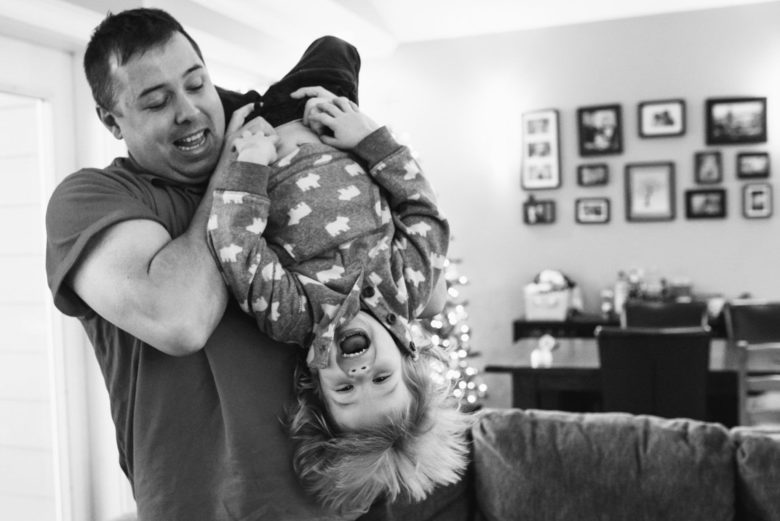
Here are some tips on capturing expression through photography:
- For a portrait, I find I get the best expression by having a fairly continuous dialogue with the subject, at least at the start. Unless they’re a professional model, most people feel awkward in front of the camera. Chat with them to help them feel comfortable. Tell jokes or be silly to get them to laugh. Try giving them prompts to get a certain reaction. If there are multiple people, get them to interact with each other (ex: with a couple, tell one to whisper a joke or something romantic in the other’s ear).
- For candids, interact with your subjects if they’re not engaged in what they’re doing and feel awkward with the camera. If you’re documenting your own life, there’s no need to approach it like strict photojournalism. You’re a part of your story, so feel free to act like it. You can get some great expressions by playing with your kids or talking to your spouse, for example. Sometimes I’ll start a documentary session by chatting with my subjects so they get comfortable with me and then slowly fade into the background as they go about their day.
- Get close to your subject to put an emphasis on their expression. This can also be done by having a clean background without distracting elements. Even if the background is a bit messy, you can use a shallow depth of field (i.e. a small area of focus) to draw the eye to your subject’s face.
- Think about using other elements of the photo to reinforce the emotion being expressed. This could be lighting, composition, or colour scheme. For example, you could reinforce a sad expression with cool colour tones and dim or dramatic lighting. We’ll cover this more in future weeks.
If you have any questions, join us in the Facebook group. I’ll be checking in there daily to see your work and help you achieve the best results.
If you’re just finding this now, you can check out the full list and more information on the challenge here. You can follow me on Instagram at @documentyourdaytoday and use the hashtag #dtd52weeks so others doing the challenge can see your work.
